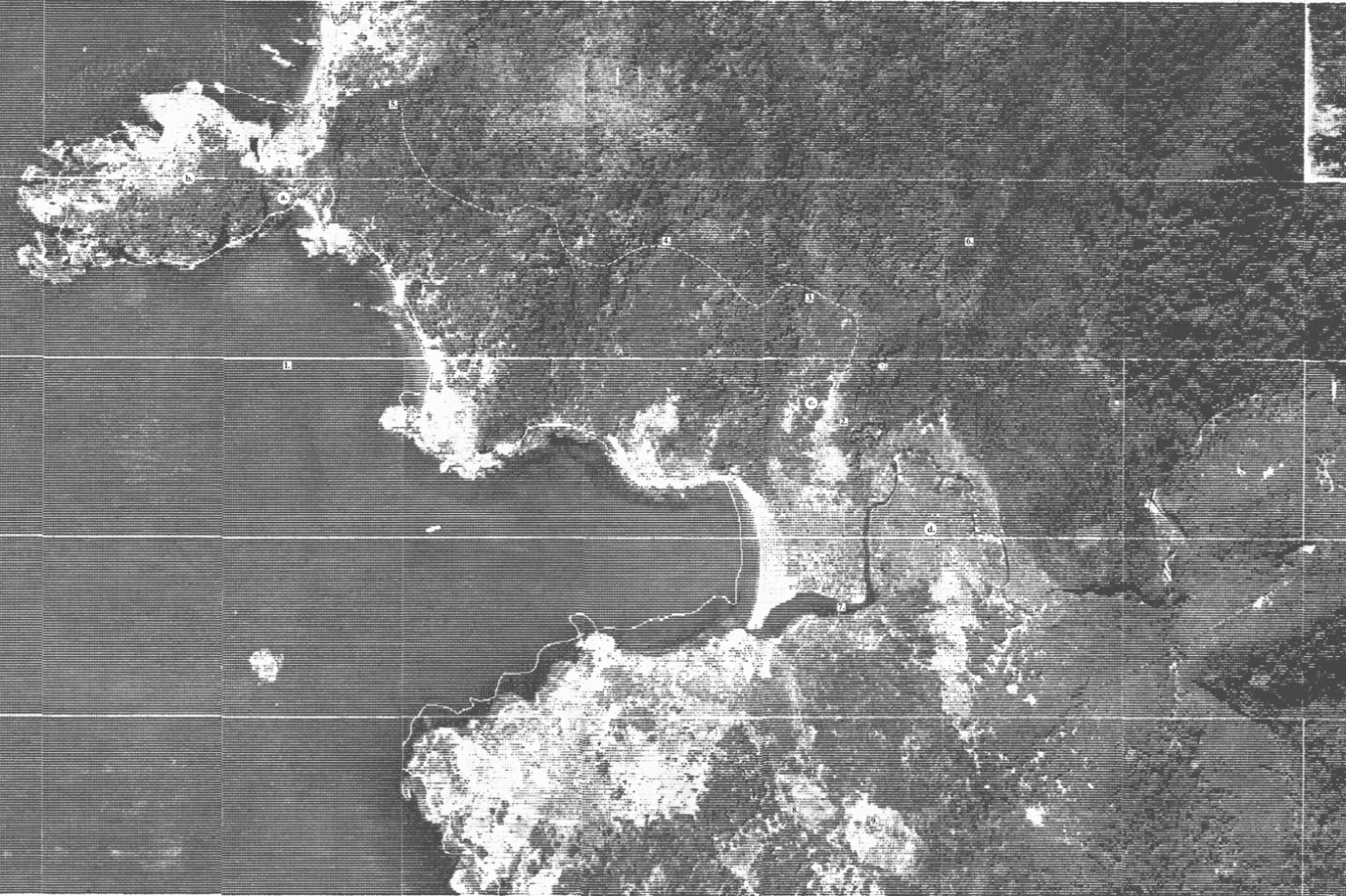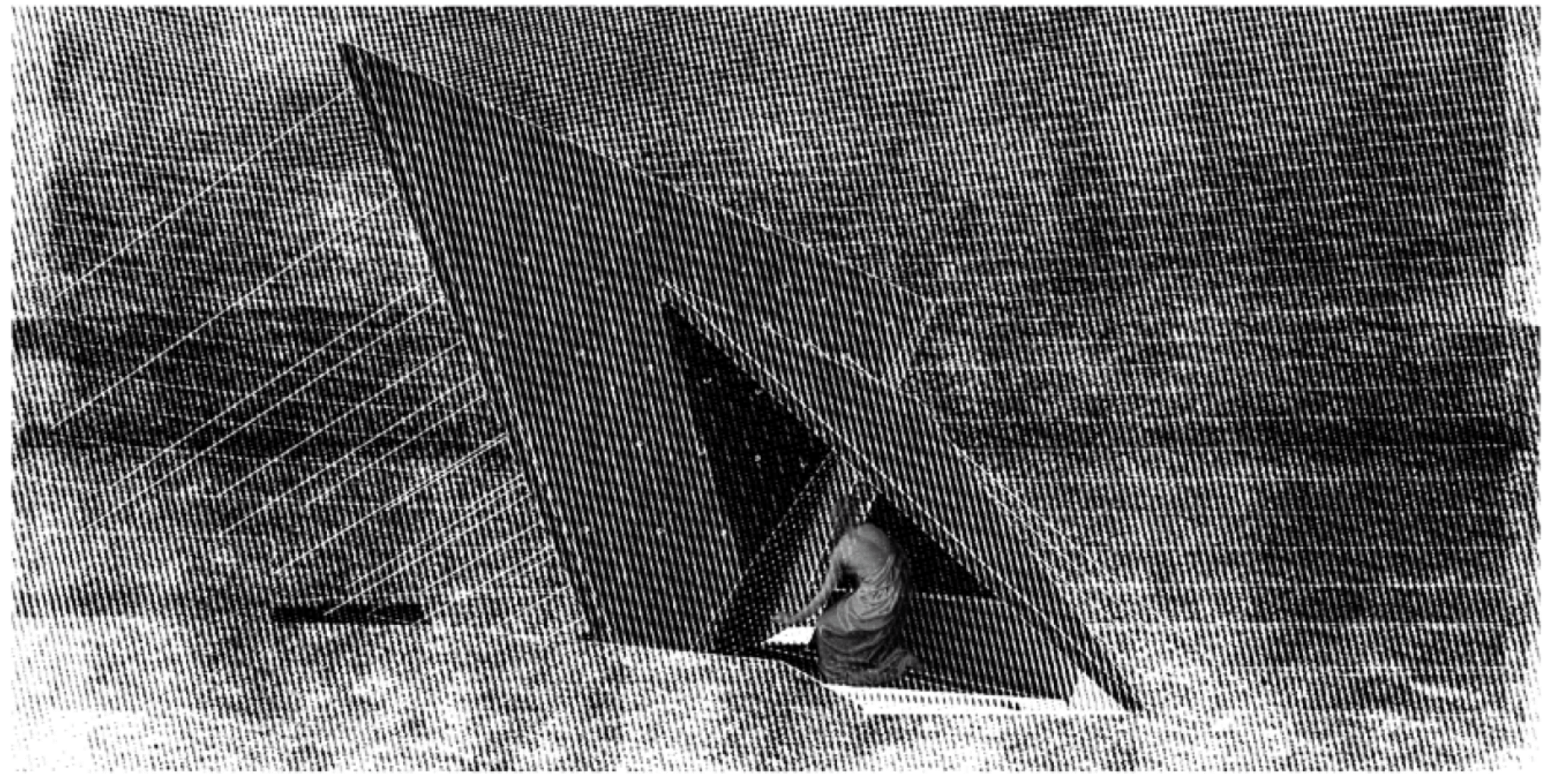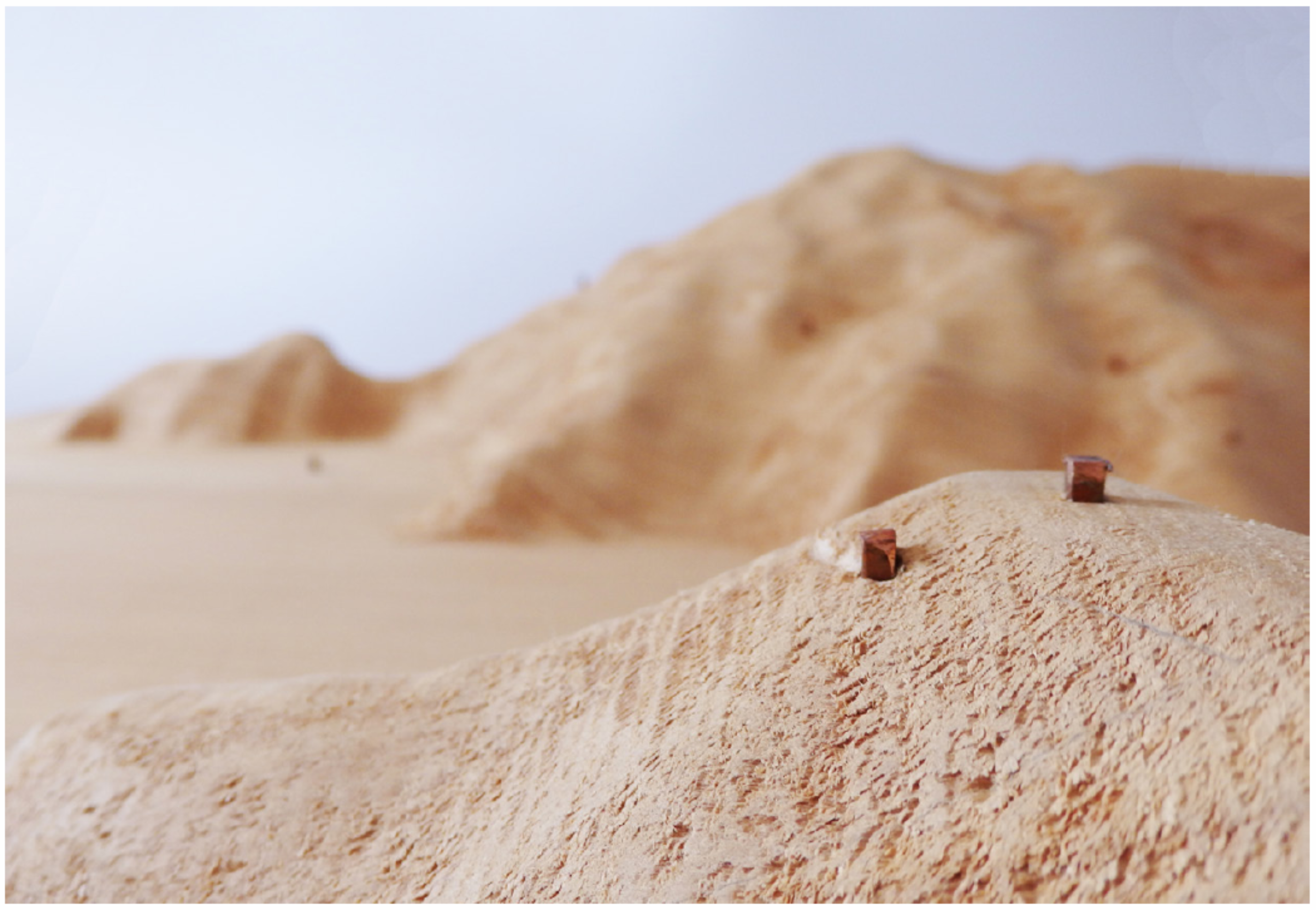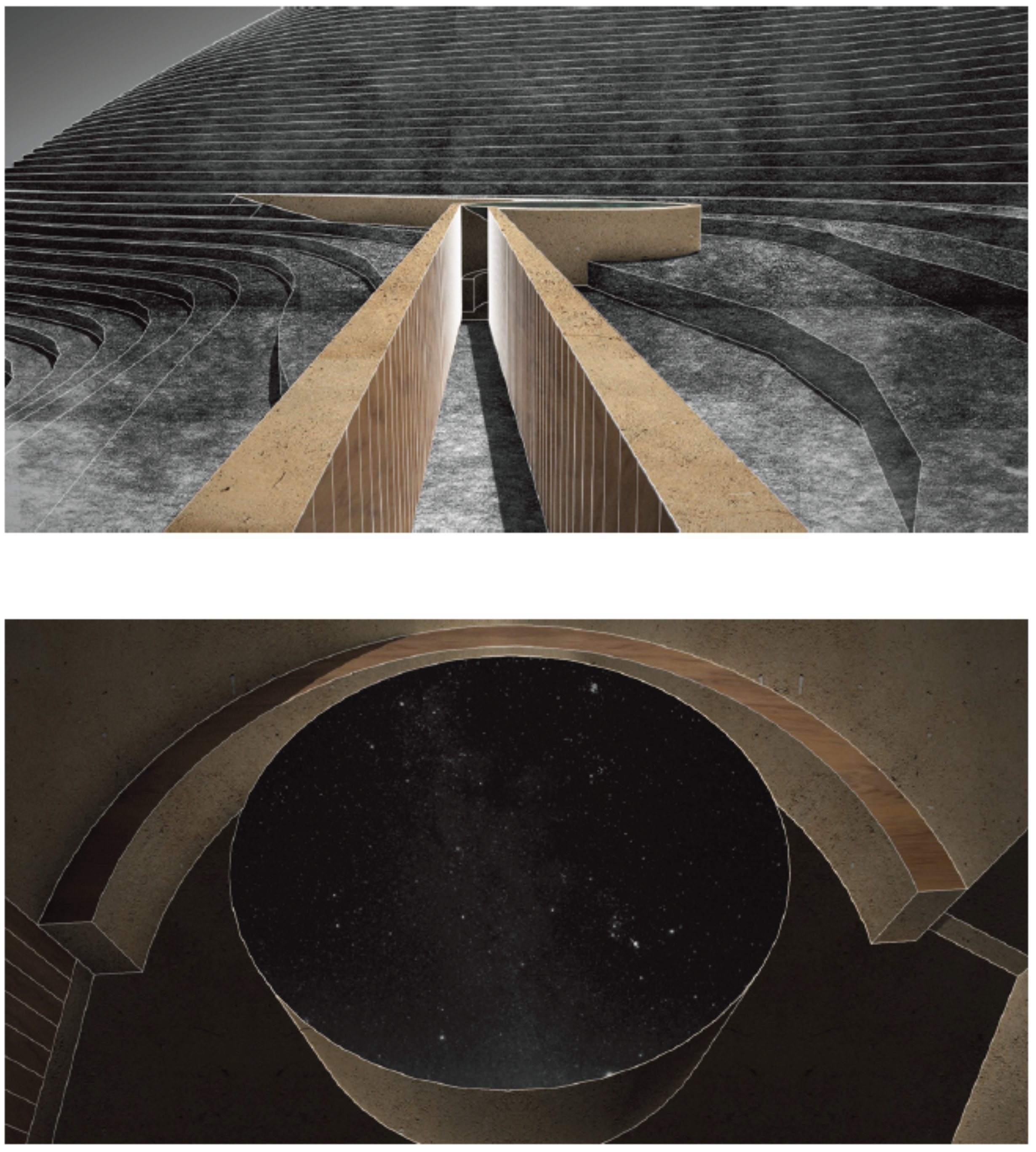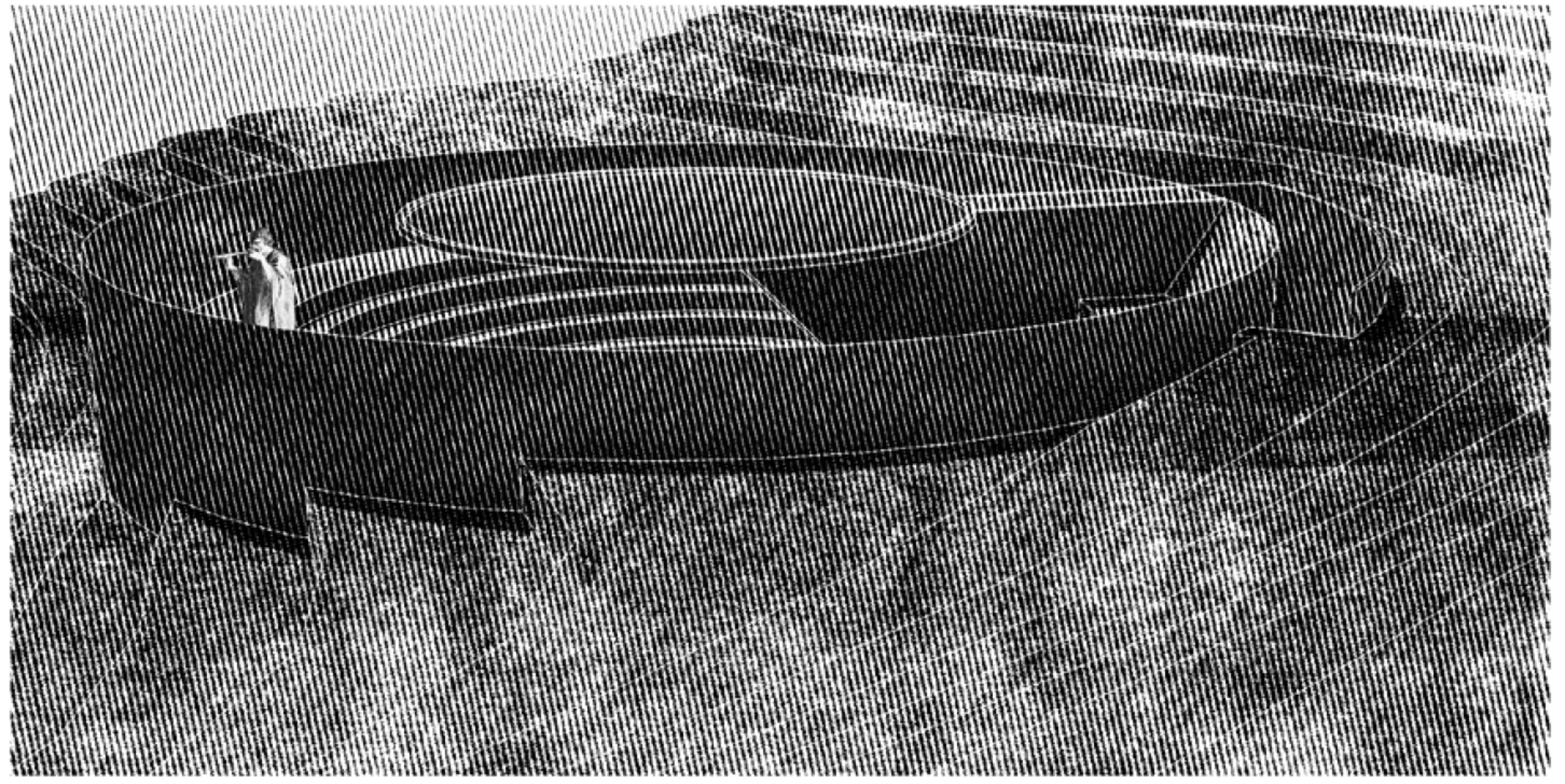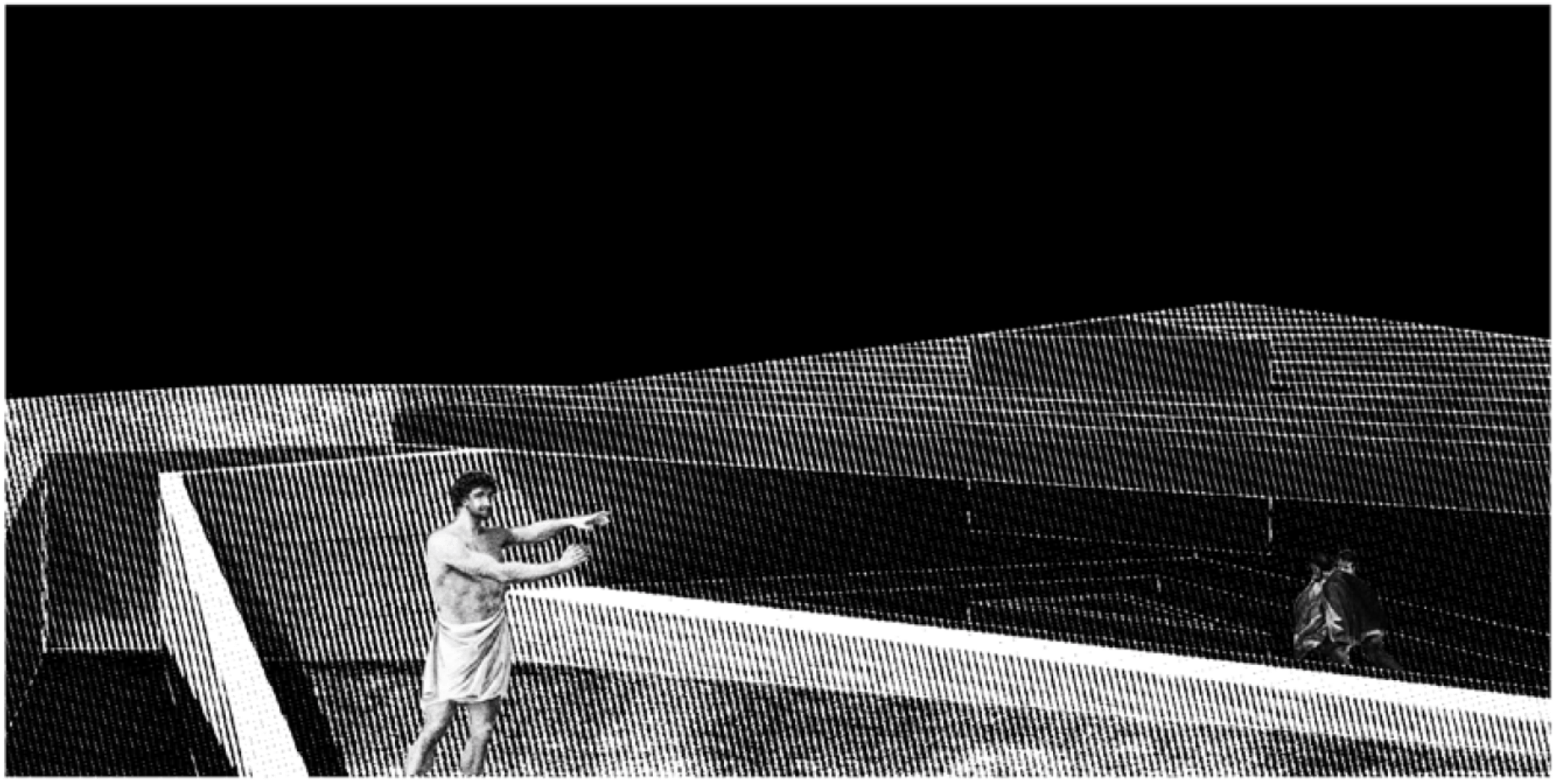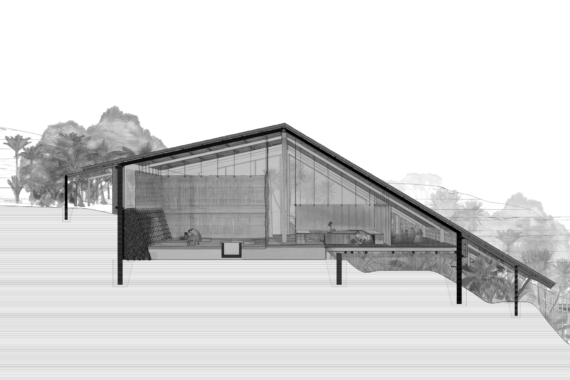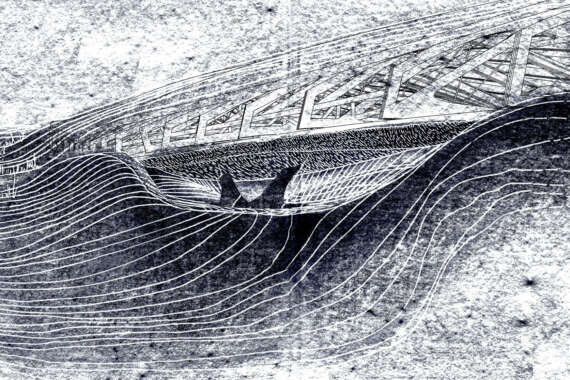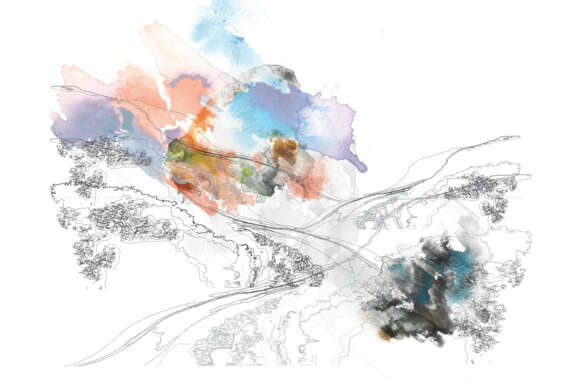This thesis explores the notion of architecture as an act of fabrication with the capacity to construct as well as to deceive our memory of past and place. In doing so, this thesis confronts the fabricated histories, mythologies and collective narratives that have accumulated across New Zealand’s forgotten landscapes and contested sites.
An interest in the responsibility placed on the practice of architecture to conceal, uncover and reframe our perception of the past, present and future provoked explorations into some of New Zealand’s discarded landscapes. These explorations revealed a peculiar yet familiar story of fabled lands, empty promises and scarred landscapes in the hope of extracting precious resources held by this country - the last discovered landmass to be settled by humans.
Traces of a former copper mine at Miner’s Head on Great Barrier Island, and the recent designation of the island as a dark sky sanctuary1 present a point of departure for this thesis to assemble seemingly disparate histories and opportunities through a speculative collection of structures that mark the observation of Matariki.
Provocative extractions of the historical and topographical conditions of the site, along with close investigations into the rituals, mythologies and narratives surrounding Matariki, are reassembled and fabricated. A series of nine structures are proposed that traverse significant points across the Miner’s Head site, providing moments of encounter with time and place.
This project responds to Great Barrier Island’s emergence as an astronomically significant site by providing a sequence of spaces for Matariki celebrations to take place, while evoking the memory of the various fabrications and fictions that have transpired across the island.
Building on Michael King’s2 notion that collective narratives and fictions are more resilient than history, this thesis asks how architecture can be used or misused to fabricate our perception of the past. To this end, this thesis tests the enduring capacity of architecture to remember and construct relationships with place and landscape within a peculiar New Zealand setting.
